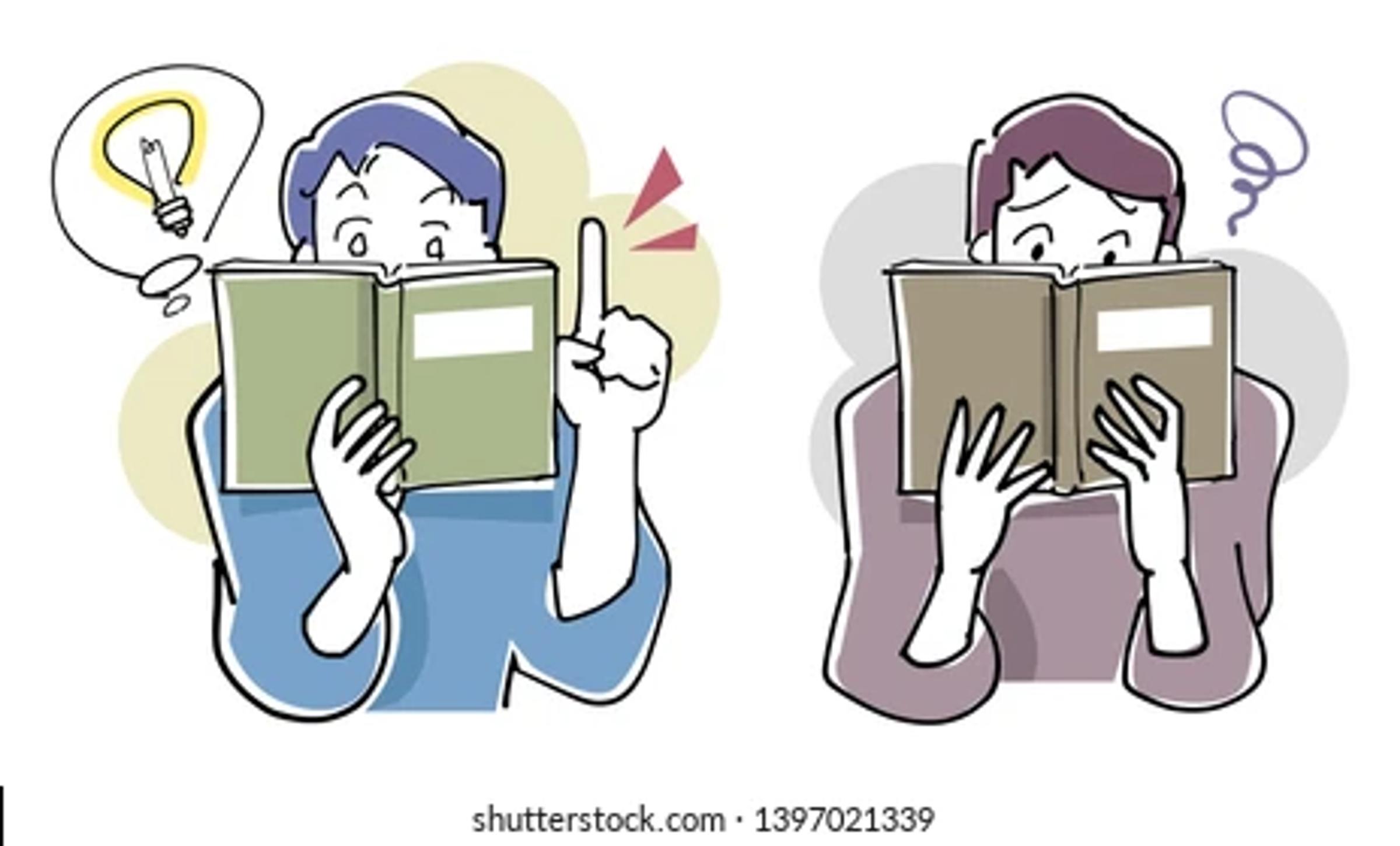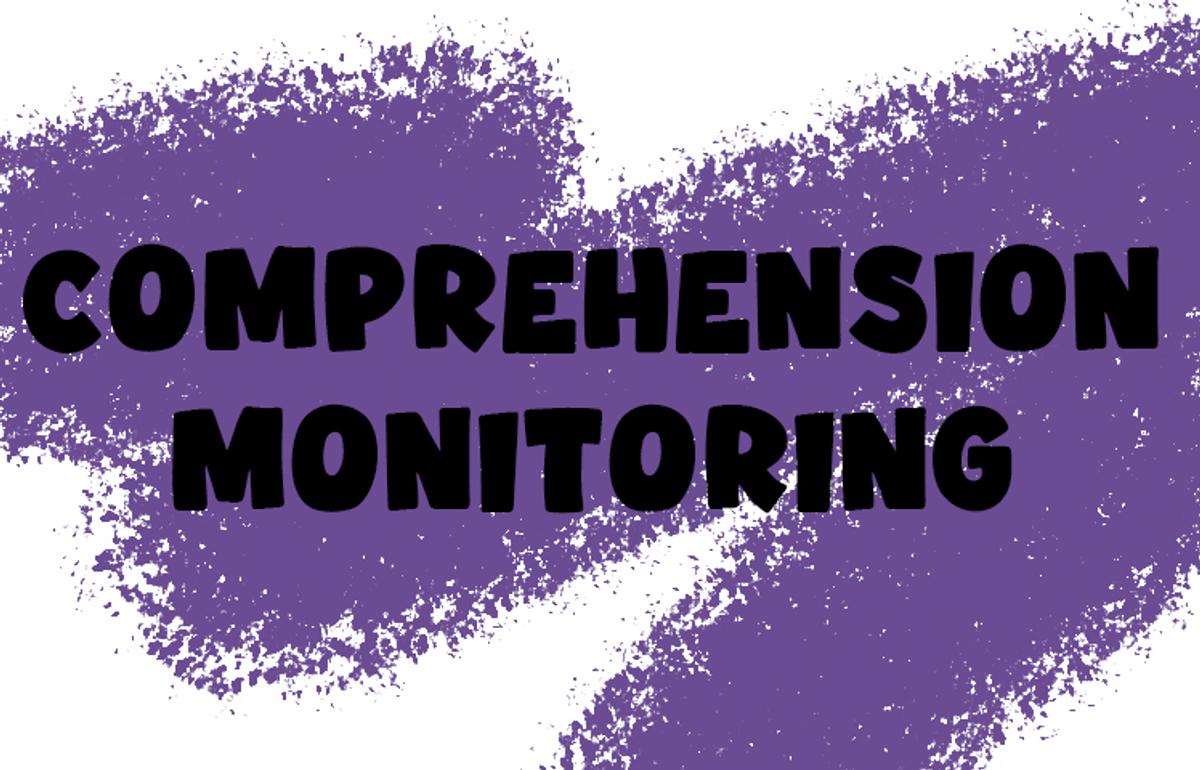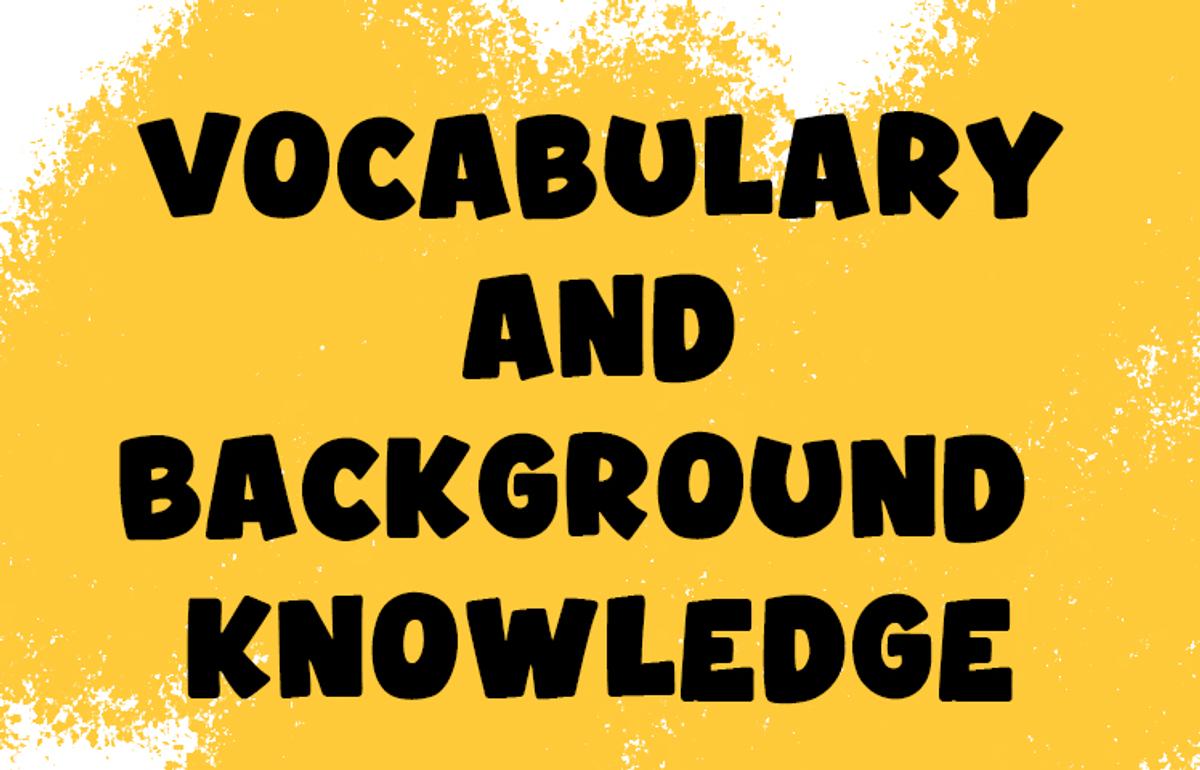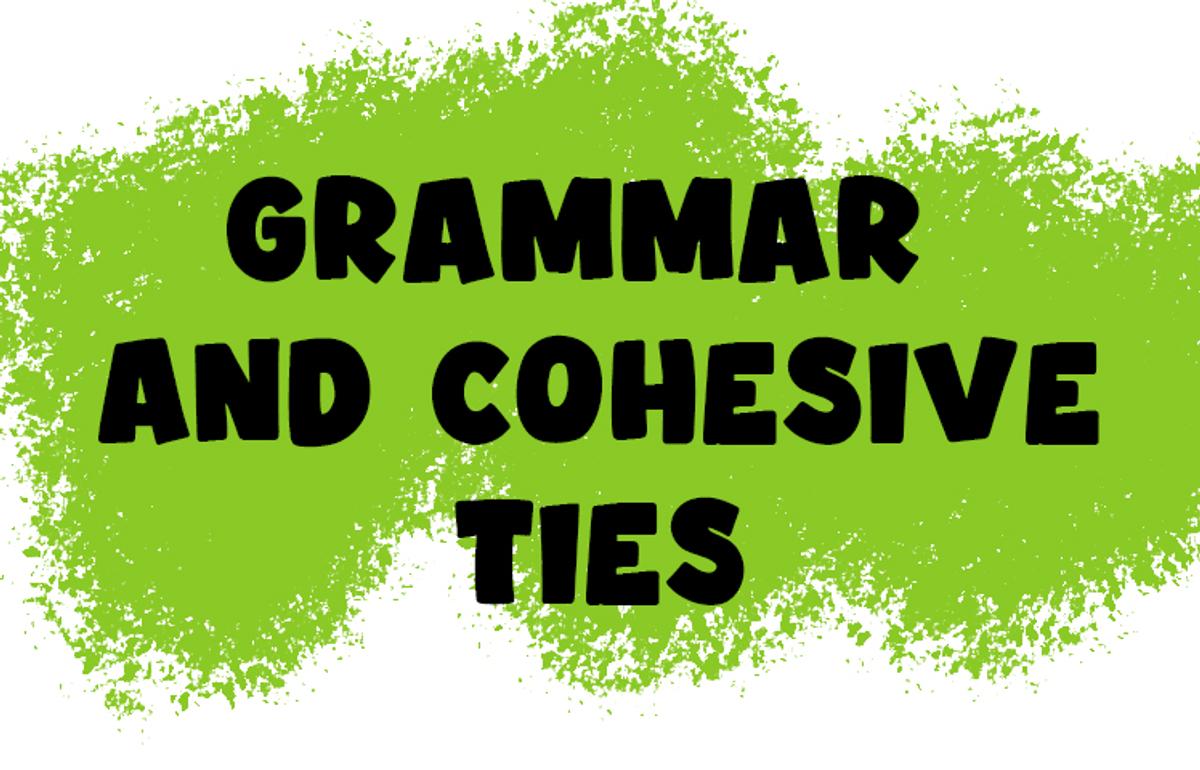English

"Reading comprehension involves understanding the meaning and intent of a written text. It requires the coordination of many cognitive skills and abilities. Successful text comprehension involves the construction of an integrated and coherent representation of the overall meaning of the text, rather than memory for just the literal wording."
Five from Five
Reading comprehension is a major part of learning in english! As the text above explains, it is the ability to understand or process a text that is being read or viewed. It is the process where texts come to life, and engage the reader rather than just being seen as a whole lot of words on a page!
The Science of Reading, the research based understanding we have discussed in this newsletter before, suggests that there are five key areas related to comprehension when reading. I thought we would have a look at them below and the information found using the Five from Five Website!
When a reader makes an inference from a written text, they are connecting pieces of information to clarify the author’s message and to create an overall picture or mental model. This also includes noting down information that may be suggested, not directly stated. For example below:
Ramesh looked at the sky and signed before tightening his jacket around his neck.
We can infer from this sentence that the character is displeased with the weather, even though the text doesn't tell us directly!
Comprehension monitoring is the term for when a reader thinks actively about how well they are understanding what they are reading. If readers monitor their understanding they will know when comprehension has failed. If they have the relevant knowledge of strategies, such as re-reading, looking up a word in a dictionary, generating an inference and so on, they can then address a failure to understand.
We all know as adults that sometimes we will read the page of a book, or even a work email, and realise we haven't gotten any of it and need to go back and read again!
Individual words in a text are the building blocks for the comprehension of sentences and the text as a whole, but we also need to consider the complexity of word knowledge and how vocabulary is acquired across the lifespan to understand why and how vocabulary influences text comprehension.
Like vocabulary and comprehension, there is a two-way relationship between background knowledge and comprehension. Students with good background knowledge comprehend texts better, which builds their knowledge further. Background knowledge is so important that a low-skilled reader can comprehend a text well if it is about a subject they are familiar with.
Cohesive ties include ‘anaphors’, which connect sentences without the use of repetition. Anaphors include pronouns and ellipses.
For example, instead of writing ‘Zoe and Lyla were great playmates. Zoe and Lyla played together every day’, an author might write, ‘Zoe and Lyla were great playmates. They played together every day’. In this example, the word ‘they’ connects the second sentence to the first by using the pronoun ‘they’ instead of repeating ‘Zoe and Lyla’.
Different types or ‘genres’ of texts have recognisable structures. Text genres are useful to learn because the reader will know what to expect, and where to look for certain types of information.
Stories, informative (or expository) texts, fairy tales, news articles, timetables, blogs and emails are all different genres. Each genre has one or more conventional structures, which can influence comprehension.
As you can see quite a lot goes into picking up a text and understanding what it says!
Comprehension is something that is supported through every class in our school through a variety of strategies, as well as with our students being exposed to a wide range of different texts.
We look forward to continuing to read as our term goes on!
Take care,
Tim O'Mahoney
English Leader





